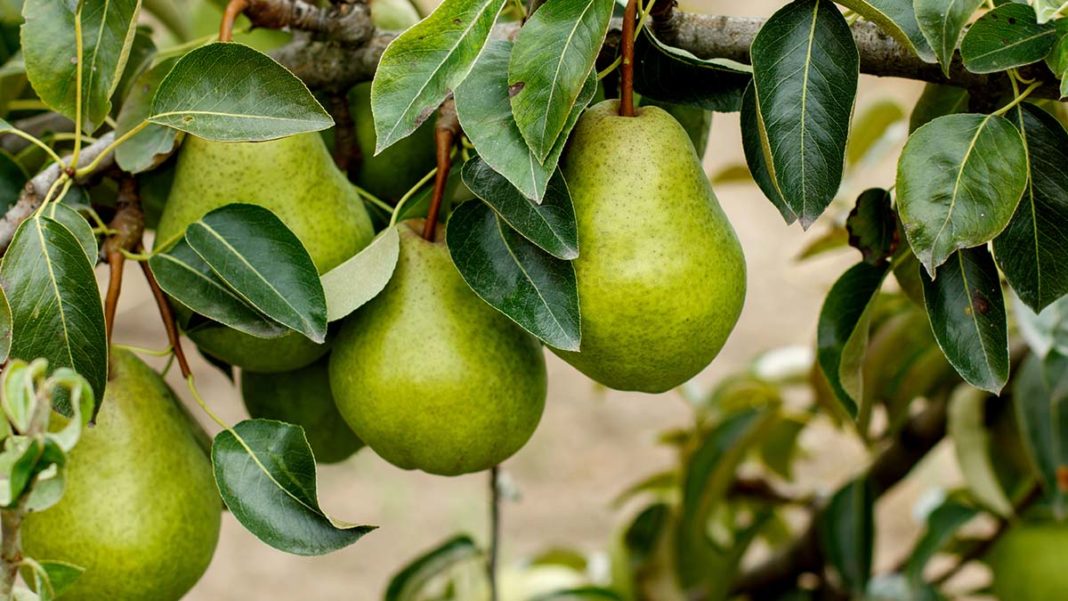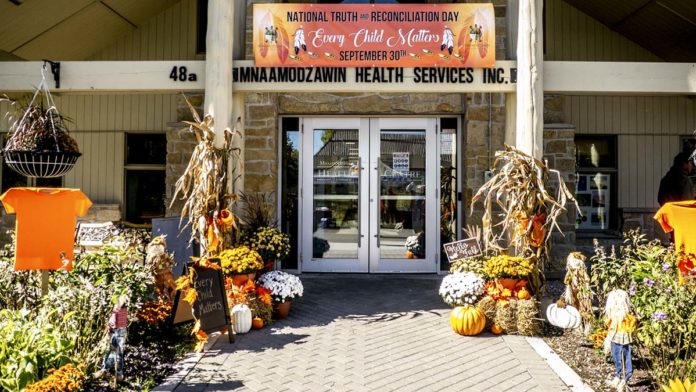TORONTO—Canada’s national network of healing forests is expanding to include an additional 16 newly proposed healing forests, including two on Manitoulin Island, the National Healing Forests Initiative (NHFI) and David Suzuki Foundation announced September 29. Healing Forests are green spaces dedicated to honouring residential school victims and survivors, their families and communities, and to promoting learning and reconciliation.
The two local healing forests being created include the Central Manitoulin Public School Wellness Orchard in Mindemoya and the Kinoo Wiiyaa Minoyaa healing forest at Manitoulin Secondary School in M’Chigeeng First Nation. Both schools have received $2,000 in funding.
“Yes, this is wonderful news,” stated Cori Davy, a teacher at CMPS. “We have an existing No Mow Zone on school property with a fruit orchard with over 50 trees (with such fruit as plums, pears, apples and cherries) and we will be turning this into a wellness orchard.”
“Our dream is to make trails through the No Mow Zone and the orchard with seating so that students, staff and families can go after school where they can sit, reflect and heal,” said Ms. Davy.
“We’re blessed with a big schoolyard,” said Ms. Davy. “And we have large space where people can come and heal, and this new Wellness Orchard can be used by members of the community and families, along with parents and teachers.” She said the school plans to have the new wellness orchard in place this year and are in the planning stages and can start work with community partners, school staff and students and carry out the work needed to be done.
Dave Wiwchar, principal of MSS told The Expositor, “We will be having an opening of the healing forest in the spring. We are selecting the site on the property, involving students, teachers, including Jean Debassige, Ojibway language teacher at MSS, and staff members.”
MSS is hopeful of being able to build limestone block seating in the selected area, to provide for an outdoor class setting, with a plaque that will include important dates and features of MSS acknowledging the Truth and Reconciliation Calls to Action by providing a history of the traditional lands the school property is on, explained Mr. Wiwchar.
“It will be a place for wellness and healing,” said Mr. Wiwchar.
“The National Day for Truth and Reconciliation is a day to reflect, but it’s also a day to act,” said Patricia Stirbys, Saulteaux Cree from Saskatchewan’s Cowessess First Nation, an Indigenous relations specialist and HHFI co-founder, in a release.
“Every person needs to take up the challenge of reconciliation. That’s why we wanted to grow the healing forests network, to help people begin their journey towards understanding and healing,” said Ms. Stirby.
Since launching in 2015, the NHFI network includes 10 healing forests, which are quiet, natural spaces that provide an immersive educational experience, combining reconciliation and healing into one. This spring, the David Suzuki Foundation announced it would provide small grants to groups proposing new healing forests. From 59 applications, 16 projects were selected.
“The beautiful thing about healing forests is that they can be any size and location,” said Jode Roberts, manager, Rewilding Communities, at the David Suzuki Foundation. “On the grounds of a school or church. On private or public land. Wild, rural or urban. What’s important is that they bring people together to learn about this country’s past, spend time in nature, and work towards reconciliation.”
“Reconciliation is a long journey, but it starts with each of us,” said NHFI co-founder Peter Croal. “Healing forests can be a pathway to beginning that journey, literally. We look forward to seeing the healing forests flourish and to expanding the network even more next year.”





